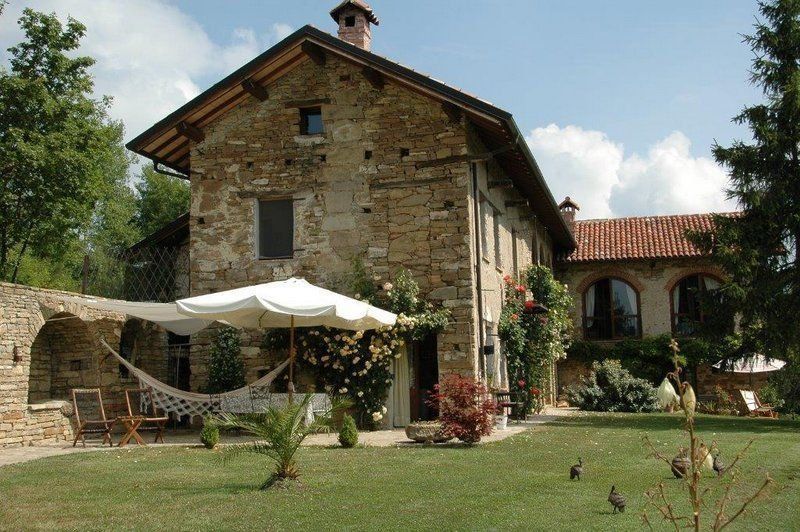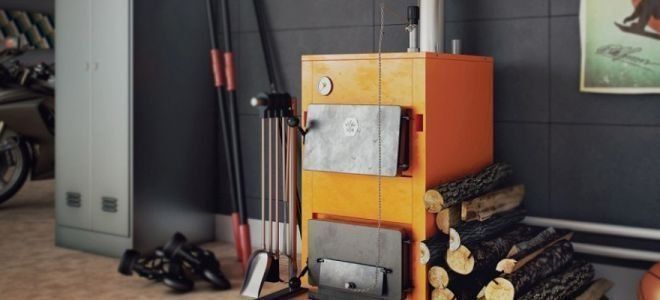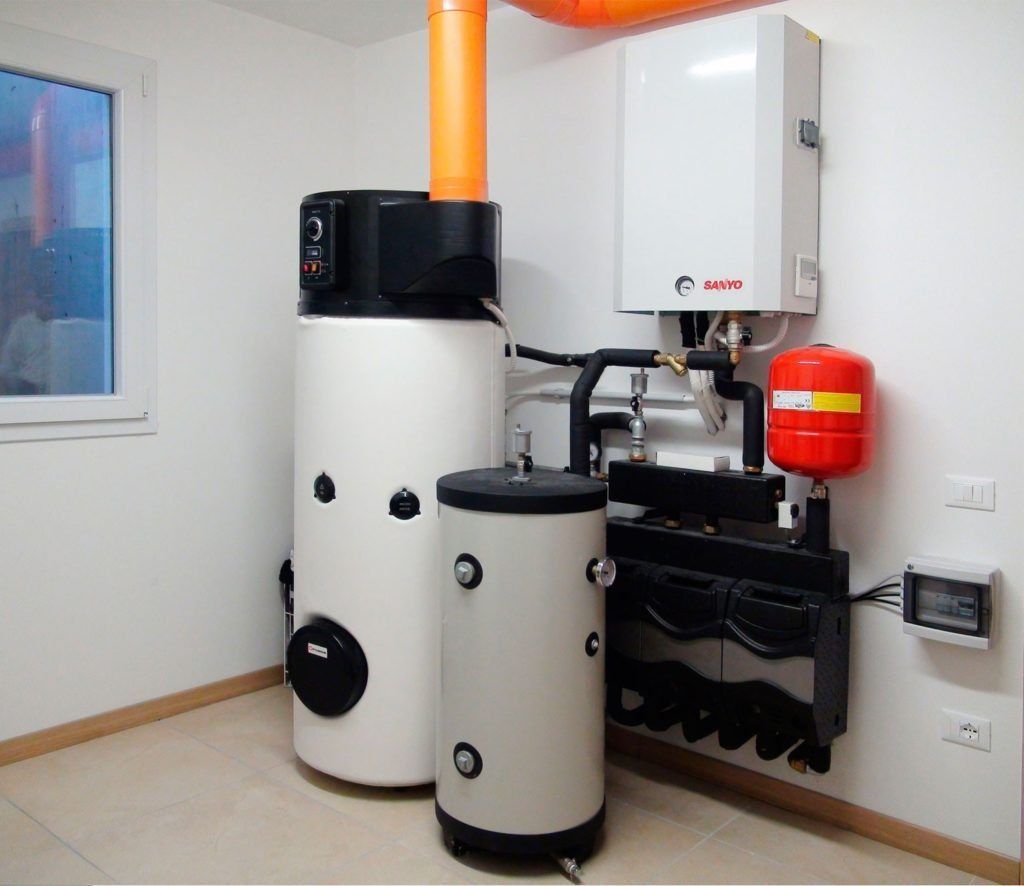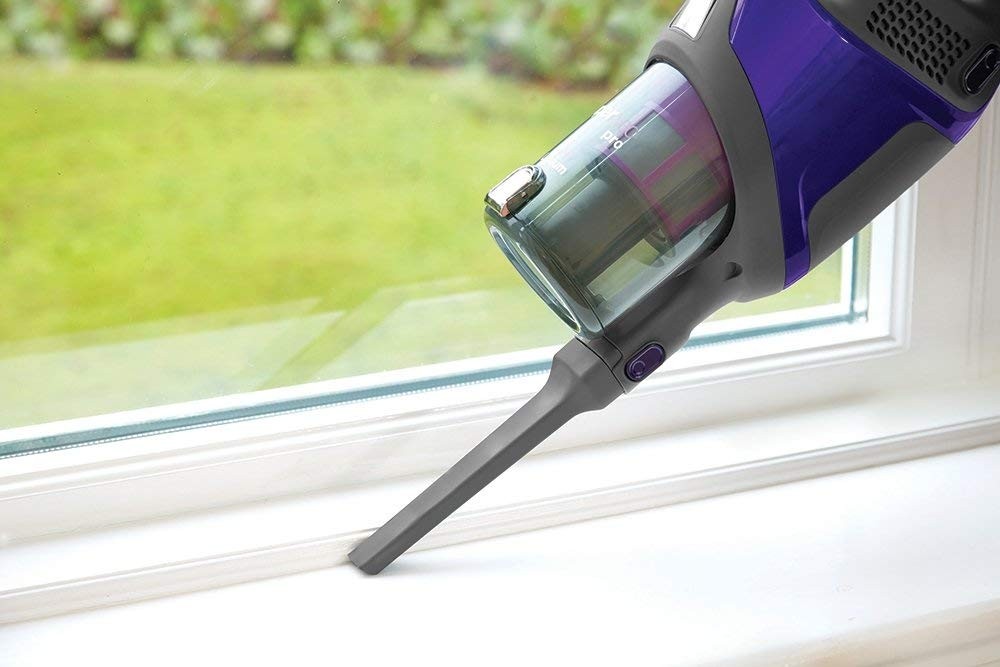We heat a country house with high quality without using natural gas

Heating a private house without using natural gas is a difficult task, but quite feasible.
Criterias of choice
First of all, when choosing suitable devices for this purpose, you should answer yourself to a fairly simple question: how this option will be applied in the future:
- As the main one (in the absence of a gas line connection);
- As an additional option (if there are gas interruptions).

The choice of the device should first of all be made depending on the heating load that will be assigned to it. Dwelling on a certain option, one should consider its side aspects, such as:
- Difficulty installing the device;
- Fire hazard for home;
- Safety from the point of view of young children;
- Harmful discharge during work;
- The bulkiness of the structure relative to the useful volume of the room;
- Estimation of possible costs associated with the repair;
- Stability of work and factors affecting this component (for example, work in the absence of electricity);
- Difficulty in use;
- Additional capabilities of the device.
The technologies of the latest generations of appliances, along with the main ones, have a lot of additional opportunities for high-quality home heating without using natural gas. Let's consider in more detail the functional features of some of them.
Furnaces with a water circuit
This type of device for heating a house externally combines the functionality of two previously known devices: a cast iron boiler and titanium. This is a steel or cast iron heat generator, the basic principle of which is based on steam pressure. In terms of the mechanism of heat generation, the furnace is more like a solid fuel boiler. However, there are also significant advantages over the latter: in this category of devices, all walls are evenly involved in the heating process, while only the main heat transfer element is heated in the boiler. In other words, a water stove not only heats up all the accompanying components (pipes, radiators, etc.), but also continues to give off heat itself until all mechanisms cool completely.
The core of such a furnace is a heat exchanger located inside the heater.This device can be used both as the main source of heat supply, and as an additional alternative to the existing gas equipment.
The basis for the configuration of this type of furnace is the register (heat exchanger). Its installation, as a rule, is carried out inside the fuel tank, heat is supplied through its components, which subsequently heats the entire house area. The water heating system is directly connected to it. Variations in the external design of the heat exchange distributor can be of various types, allowing for an even distribution of a comfortable temperature for living throughout all rooms of the building. The register can be soldered independently, taking into account individual needs, and it can also be assembled under the client's order, taking into account the dimensions and individual features of the furnace design.
- Heating of large areas of any design complexity;
- Relatively inexpensive equipment price;
- Availability of extraction of fuel materials (firewood, carbon, peat components, etc.);
- Availability of simultaneous installation of the "warm floor" system;
- There is no permanent connection to electricity, because heating is also carried out due to the long cooling of the internal heating elements.
- Low level of efficiency (25% lower compared to a similar gas boiler);
- There is no automatic control system, control is possible exclusively in manual mode;
- The bulkiness of the structure;
- It is advisable to install the stove in a separate, closed room if the family has small children - there is a risk of getting burned from touching external components.
What to look for when choosing
The power of the heating elements - the higher it is, the more comfortable the house temperature will be.
The price of a furnace with a water circuit varies from 20 to 150,000 rubles.

Wood boilers
Despite the rather outdated principle of heating, the good old cast iron boilers continue to be actively used in homes as a high-quality, well-proven device for heating a room.
The boiler is a fairly massive device. Often, its height goes under the ceiling of the room. Most boilers are made from cast iron alloys, but there are steel and titanium options.
The main factor that the consumer is guided by when purchasing this equipment is the stable availability of fuel material - log cabins, coal and other easily burning briquettes. Along with this, the efficiency of the latest models of boilers has significantly increased - today it reaches 93%. The main heating element of a wood-fired boiler is a flame source, which is located at the bottom of the pallet in a special supply compartment. The types of compartments are different and can be either built-in into the boiler or autonomously located at the bottom as a "cabinet".
Most boilers are relatively easy to use: the flame generated during the combustion of loaded wood materials ensures the required temperature is supplied to the boiler, where a constant flow of water is ensured. The liquid, bypassing the elements of the heat exchanger, heats up and enters further local heating systems (batteries and other types) of all other rooms where they are located. The water intake is regulated independently by means of special taps.
Many modern boilers provide for the use of several types of fuel, as well as their mixed versions. However, it should be taken into account that some fuel types have a relatively short burning period and the period of heat transfer from them will be short. Also, many fuel materials can emit a specific odor during combustion. The latter include types of fuels for household waste.
Recently, you can find another type of solid fuel boilers - boilers with a combustion chamber, which has a special system for burning fuel products.The average performance of a wood-fired boiler with such a chamber is calculated from 4 to 6 days for one coal load.
Speaking of boilers, clarifications should be made on the abbreviation at the end of the model name used to designate the type of boiler:
- S - standard model, working primarily on wood combustion;
- U - boilers with a furnace made of a special refractory material.
- High efficiency, good heat dissipation;
- Availability of fuel materials;
- Long-term performance with the correct selection of fuel.
- High price of appliances;
- Bulky in size;
- Installation in a separate room is desirable, especially if there are small children. In addition, during the combustion process, an unpleasant odor can be emitted from certain types of fuel;
- Periodic cleaning of the ash pan (fuel storage compartment) from ash is required, otherwise the quality of combustion will decrease.
What to look for when choosing a wood-burning boiler
- Power or efficiency level;
- Boiler type according to the abbreviation;
- Dimensions. It is necessary to correctly assess the required dimensions and the total area of the house, since if the selection is incorrect, there may be a shortage or excess of the obtained temperature.
The price for wood-fired boilers varies from 20 to 120,000 rubles.

Heat pump
Despite the fact that the price of the unit is quite high, and also provides for its installation by a qualified specialist, the popularity of this type of heating for country cottages is growing steadily.
The basic principle of operation of this device is the collection of the necessary material from the environment, its heating and supply to the house, by means of branch connections (pipes, radiators, collector devices). Surface sources (air, water) can serve as material for heating and subsequent heating. Most of these systems operate directly from a direct connection to the mains. Many categories of this device have 2-typical functionality and are capable of working not only for heat production, but also for generating cold streams required in the hot summer period, which is essentially comparable to the air conditioning function.
Heat carriers, as they heat up, enter directly into the pipeline, which can be both underground and on its surface. After heating to the desired temperature value, the resulting heat is transferred to the internal circuit. The compressor plays a major role in generating heat. Freon, located in its depths, is an intermediary chain between the condensers, the coolant and the heating element itself. In fact, the reverse mechanism of operation of refrigeration units is used.
Currently, there are many varieties of pumping heating systems by function and subspecies (surface type of well, deep underground laying, etc.).
- Good power;
- Constant heat supply;
- No need to purchase additional fuel;
- If there is a pool, some pumps provide for the supply of warm water to it.
- High price;
- Dependence on the availability of electricity;
- Additional costs for electricity;
- If the pump is located in the open air, it requires special maintenance in winter (it is important to prevent water from freezing, cover from snow).
What to look for when buying a heat pump
- Accommodation options;
- The functionality necessary for the buyer.
The price for heat pumps varies from 50,000 to 3,000,000 rubles.

Hydrogen generator
Another modern type of alternative heating devices for a country house. The advantages of this type of device are quiet operation when generating heat and the ability to heat a huge area. However, it still needs electricity to work.
The unit belongs to the class of environmentally friendly devices, the main principle of which is the combustion of liquefied hydrogen with the active release of steam into the atmosphere.
The standard equipment includes a boiler device, pipes of different diameters, a hydrogen burner. The diameter of the pipes at each stage of division into sections decreases in size. This structural feature is important for the full operation of a hydrogen burner. In the process of combustion, oxygen, actively combining with hydrogen molecules, forms water, which in turn is converted into steam, releasing the required fuel energy. The efficiency of such a device is comparable with boilers and reaches 96%.
This type of generator provides for both independent use and in combination with other means.
- High efficiency;
- The ability to cover large areas;
- Durability;
- Relative fuel availability.
- The complexity of the installation;
- Dependence on electricity;
- Additional electricity consumption and costs associated with it.
What to look for when buying a hydrogen generator
- Power;
- Types of manifold branching? Is there a “warm floor” heating system?
The price of hydrogen generators varies from 30,000 to 500,000 rubles.

Solar collectors
At the moment, this is the most modern and environmentally friendly option for heating a house without using natural gas. The essence of its work is to capture the energy of sunlight and convert it into thermal energy. In the process of processing, mankind receives 2 types of energy products: electrical and thermal energy. The first can be an excellent alternative in the absence of electricity, the second can replace natural gas.
The complete set of solar collector devices includes: a set of vacuum collectors, a controller processor, a pumping mechanism that provides the supply of a heat product to the collector's storage tank, volumetric containers for water outflow, a heat pump, an electronic device for a heating element system.
Using such types of heating, you can get optimal heating of the house in the winter, and in the summer, you can stably enjoy hot water during periods of its preventive shutdown. However, it should be noted that these adaptations in the climatic zone of Russia are ineffective in winter, since the daylight hours are greatly shortened and the consumption of solar energy is not full. In addition, in the period from November to January, the amount of open solar radiation is also reduced.
However, along with significant disadvantages, solar heating systems also have a number of individual advantages, such as a long service life (over 15 years) and the absence of costs for additional fuel and energy.
- Autonomous generation of 2 types of energy: heat and electricity;
- Relative ease of installation, self-installation is possible;
- Middle segment of the cost.
- Inadequate work in the winter;
- An individual roof design is required (the area must be at least 40 m² and must be stable, since the equipment is heavy).
What to look for when buying solar collectors
- Solar energy capture power;
- The required amount for a specific roof size (must be calculated in advance).
The price of solar collectors varies in separate price segments for each component: traps from 4,000 to 25,000, electric storage from 37,000 to 70,000 rubles, heat pumps from 50,000 to 3,000,000 rubles.

Film electric heaters
This system is popularly called "heating ceiling", because the main installation of the heating element is done on the ceiling.The device itself consists of several components: the film itself with heating elements built-in inside, a set of additional wires for diverting to other rooms of the house and a chain connection with similar elements in them, a thermostat is a device through which it will be possible to carry out on-off operations, installation heating level, etc. and an electric board. This type of heating is quite simple to install - it does not involve calling a specialist and quickly pays off.
- The ability to quickly heat rooms;
- Does not require special premises for the installation of bulky equipment;
- Safe for children indoors.
- The high cost of the device;
- Incompatibility with some types of finishes;
- Not very good in terms of fire safety;
- Dependent on electricity and provides additional costs for it.
What to consider when buying an electric foil heater:
- Power;
- It is important to pre-calculate the size of the film and all associated wires.
The price of film electric heaters varies in separate price segments for each component: film block - from 700 to 8,000 rubles per 1 m², electrical panel - from 800 to 20,000 rubles.

Using the example of the devices of the article, several subspecies of heating devices were considered, the purpose of which is to provide a comfortable stay for a family in a country house in any season. When designing a future house, it is important to determine in advance what type of equipment will be used in it in the future, and what types of premises it is important to provide.
Whether it is worth saving on heating devices is a rhetorical question and has 2 different-pole opinions: on the one hand, when purchasing cheaper varieties, there is a risk of getting insufficiently high-quality heating, and at the same time, when purchasing expensive options, you can also lose in certain wishes. However, you should not grab the first option that comes across - a thorough analysis and weighing of all the pros and cons - a guarantee of a long and happy life in a comfortable warm country house.
new entries
Categories
Useful
Popular articles
-

Top rating of the best and inexpensive scooters up to 50 cubic meters in 2020
Views: 97661 -

Rating of the best materials for noise insulation for an apartment in 2020
Views: 95022 -

Rating of cheap analogues of expensive drugs for flu and colds for 2020
Views: 91751 -

The best men's running shoes in 2020
Views: 87680 -

Top ranking of the best smartwatches 2020 - price-quality
Views: 85091 -

Best Complex Vitamins in 2020
Views: 84801 -

The best dye for gray hair - 2020 top ranking
Views: 82406 -

Rating of the best wood paints for interior use in 2020
Views: 77202 -

Ranking of the best action cameras from China in 2020
Views: 75269 -

Rating of the best spinning reels in 2020
Views: 74827 -

The most effective calcium supplements for adults and children in 2020
Views: 72462 -

Top rating of the best means for male potency in 2020 with a description
Views: 68296








